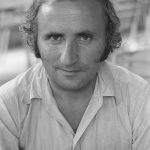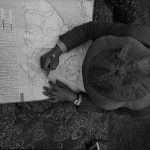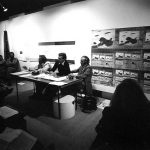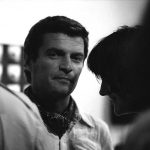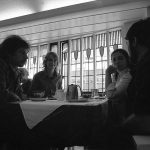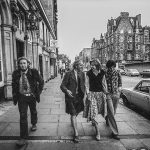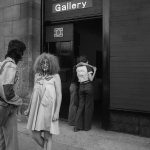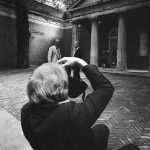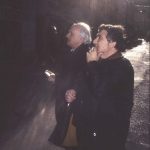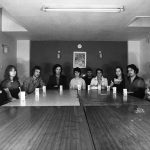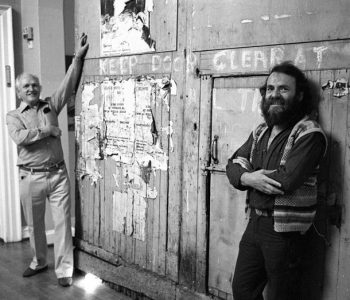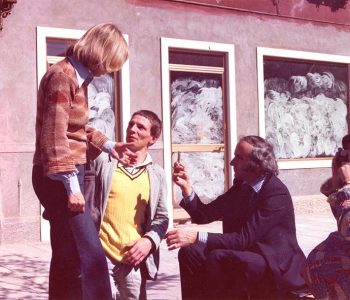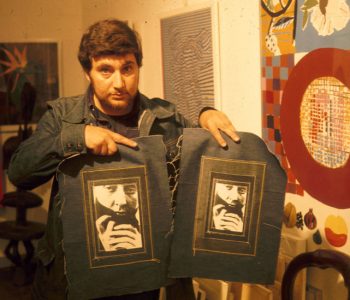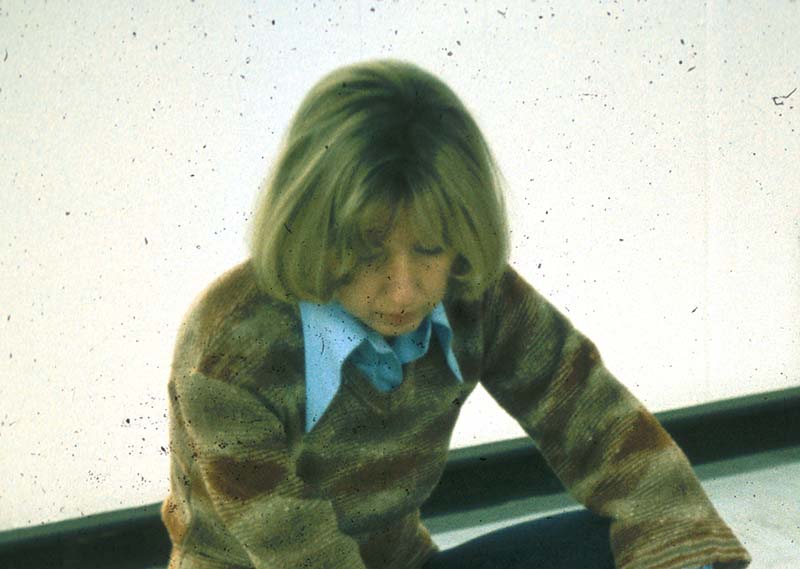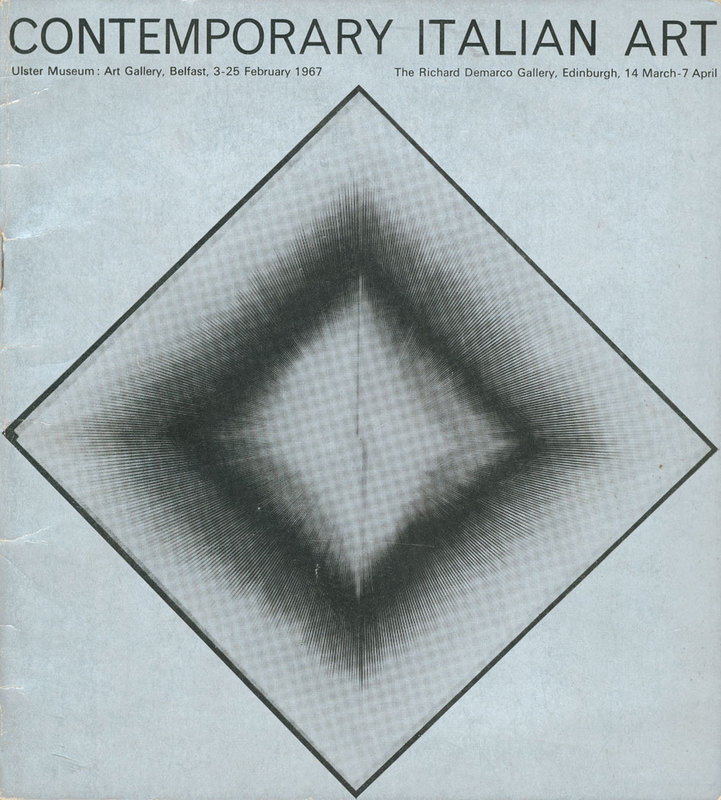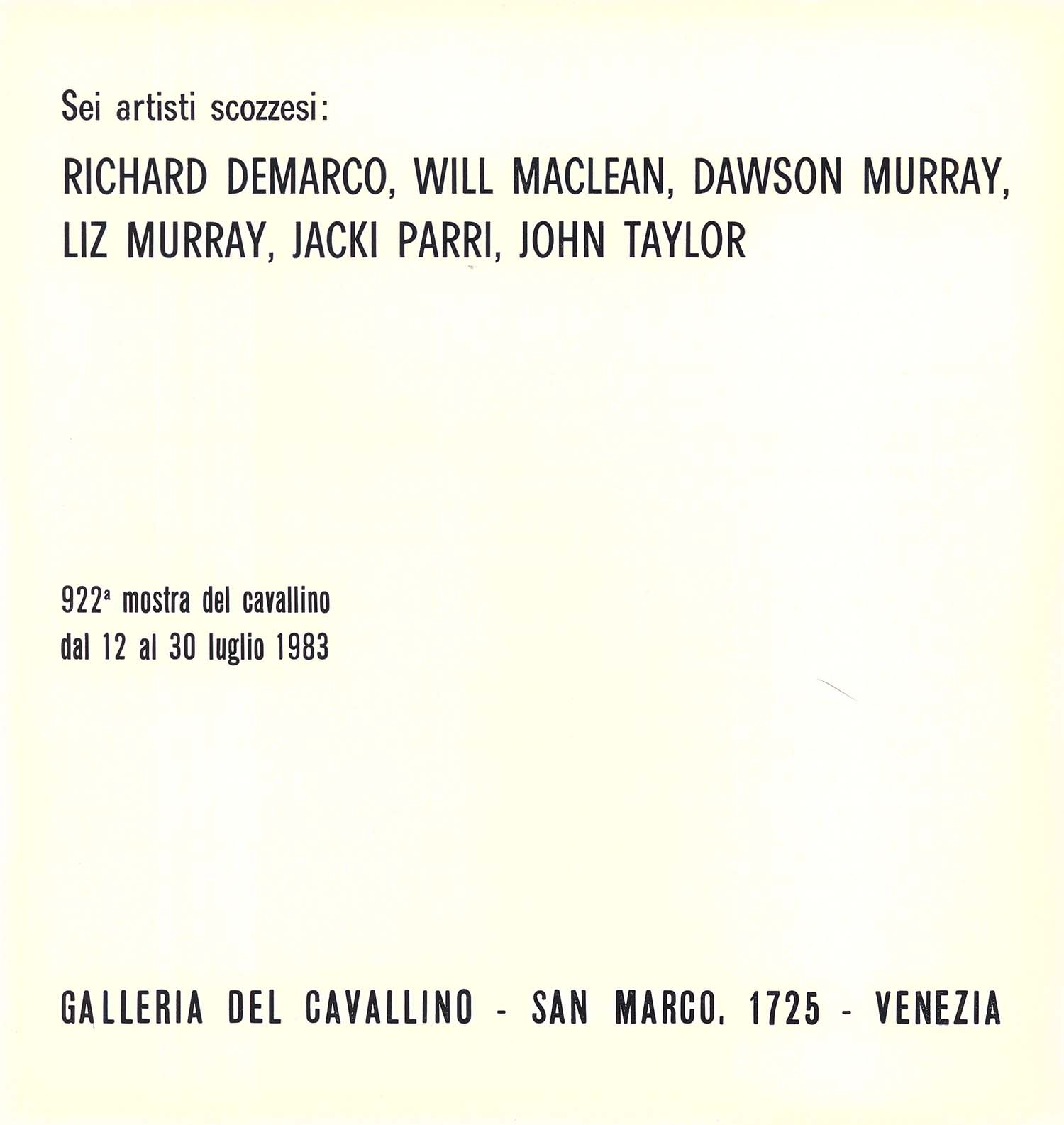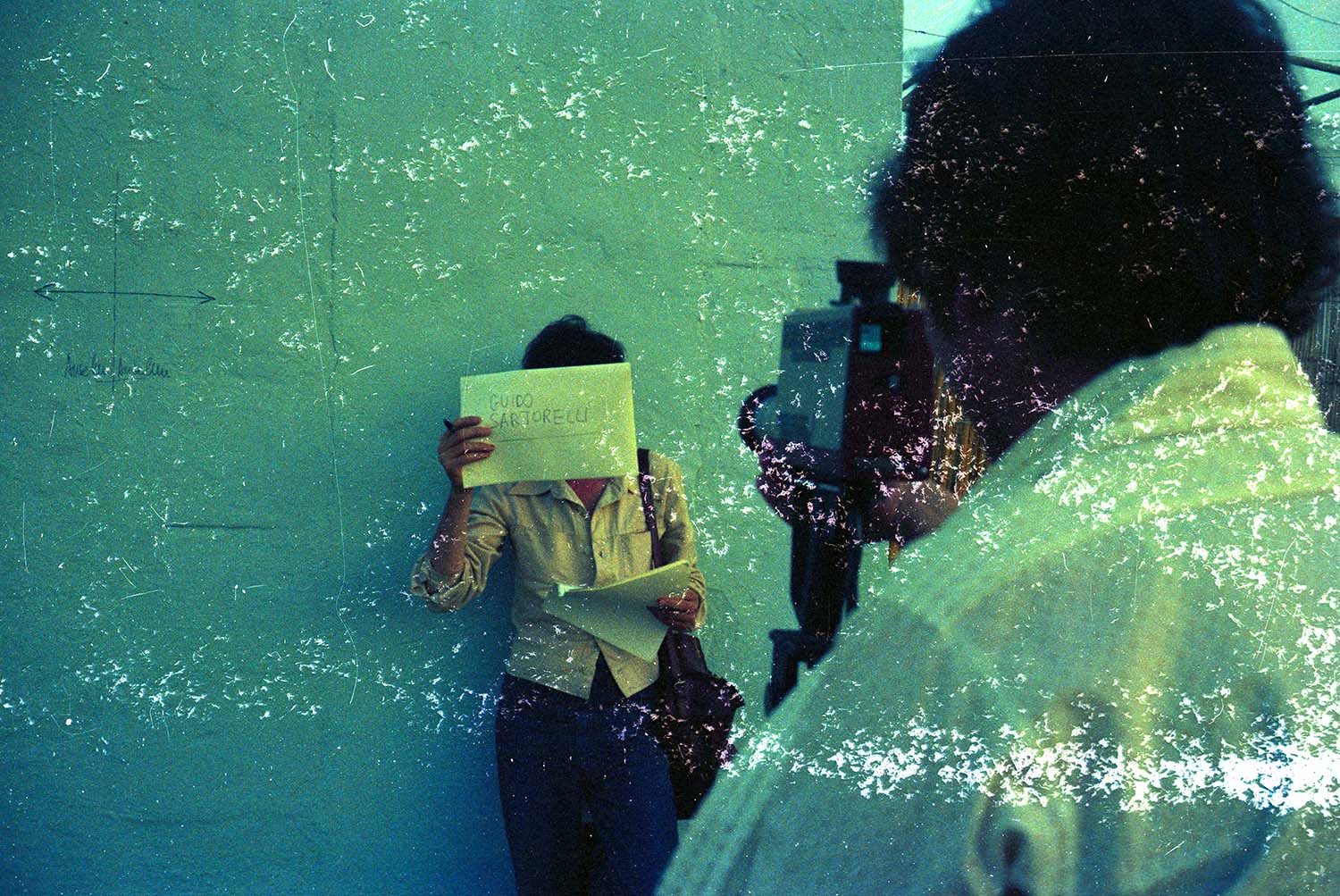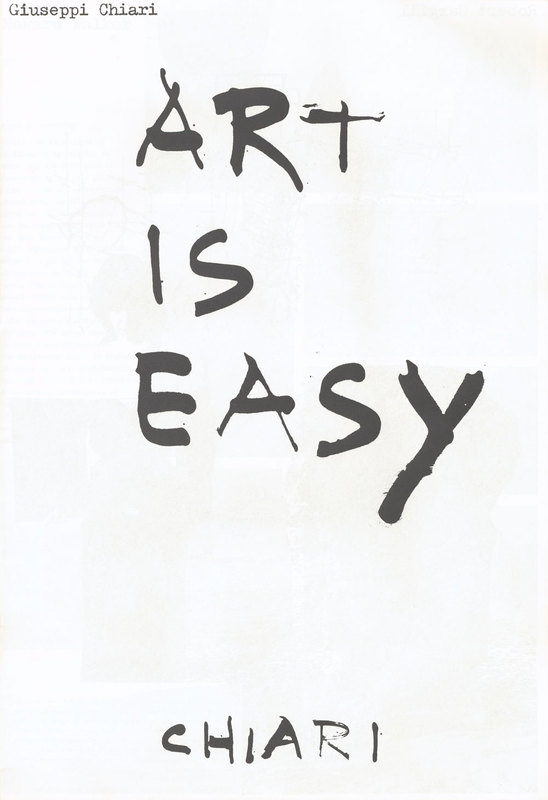 Connections
Connections
Mario ‘Piccolo’ Sillani Djerrahian
Photographs Courtesy of Mario ‘Piccolo’ Sillani Djerrahian
Interview with Mario ‘Piccolo’ Sillani Djerrahian, April 2020 by Laura Leuzzi.
Clicca qui per leggere in italiano
Mario Sillani Djerrahian is an artist and photographer. Born in 1940 of Armenian decent, he has exhibited widely in Italy and Europe. In this interview he discusses his experimental practice and work from the period 1968-1978 – his renowned Fotografemi– as well as his important relationship with Richard Demarco and Scotland. The interview is accompanied by a selection of rare photographs from his private archive and from Richard Demarco’s archive.
LL: In which circumstances did you meet Richard Demarco?
MS: All my meetings with Richard happened through the Galleria del Cavallino. We met in Edinburgh, London, Venice, Motovun and Trieste.
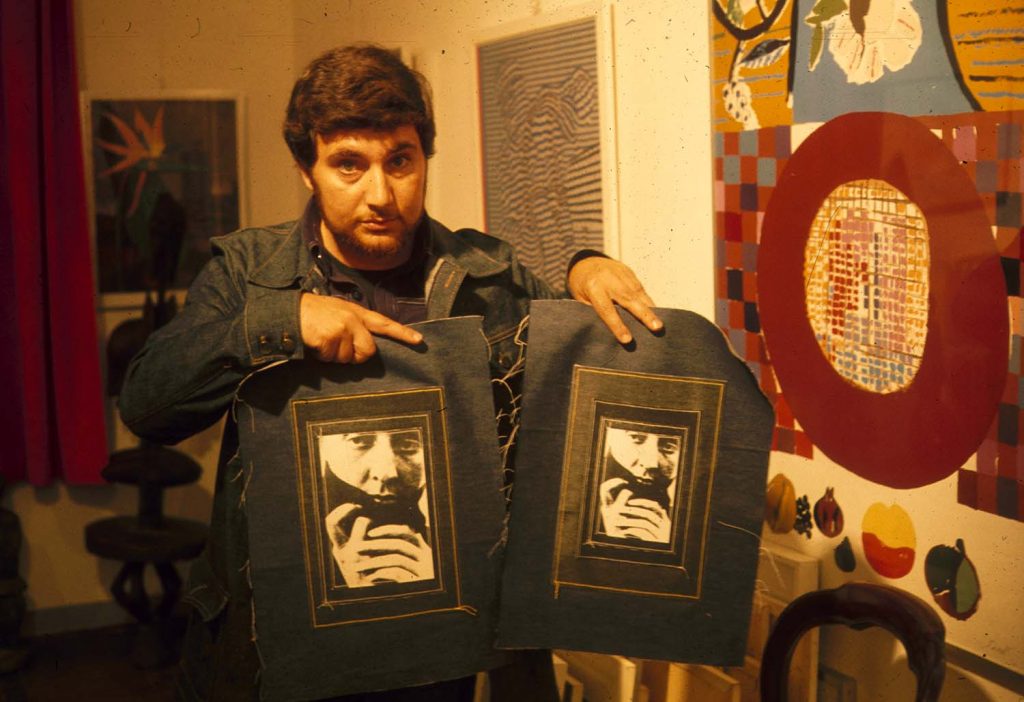
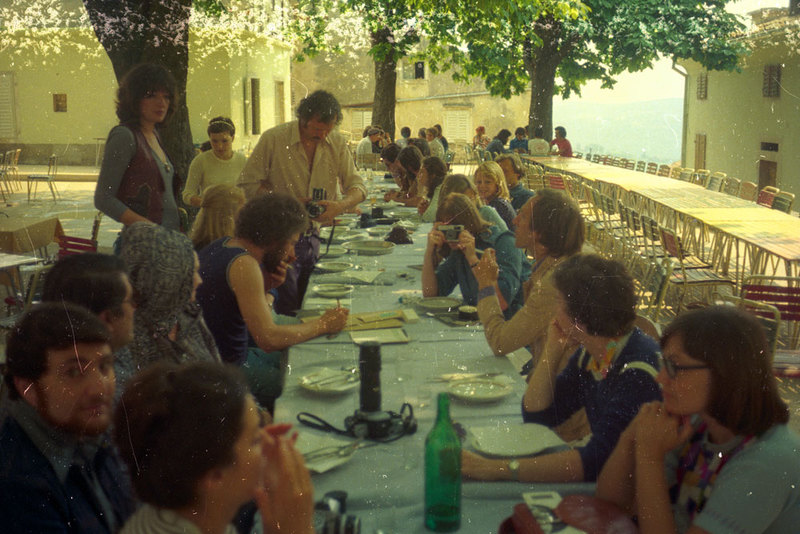
LL: How would you define your relationship with Richard?
MS: Very good, one of reciprocal respect, professional; sometimes flavoured by half-joking verbal exchanges.
LL: What events/exhibitions did you participate in?
MS: 1975 Richard Demarco Gallery, Edinburgh (GB): my artwork Capa was exhibited
1978 Fruitmarket Gallery, Edinburgh
1982 ICA – Institute of Contemporary Arts, London (performance): the event was not organised by Richard but he was there and offered good support.
1984 Demarcation (with Hopewell and Venuto), Edinburgh College of Arts
1989 Four (with Patelli, Sartorelli and Venuto), Richard Demarco Gallery, Edinburgh
1993 Fringe Festival Programme at St. Mary’s Primary School, Edinburgh
2000 Richard Demarco 70/2000: The Road to Meikle Seggie, City Art Centre, Edinburgh
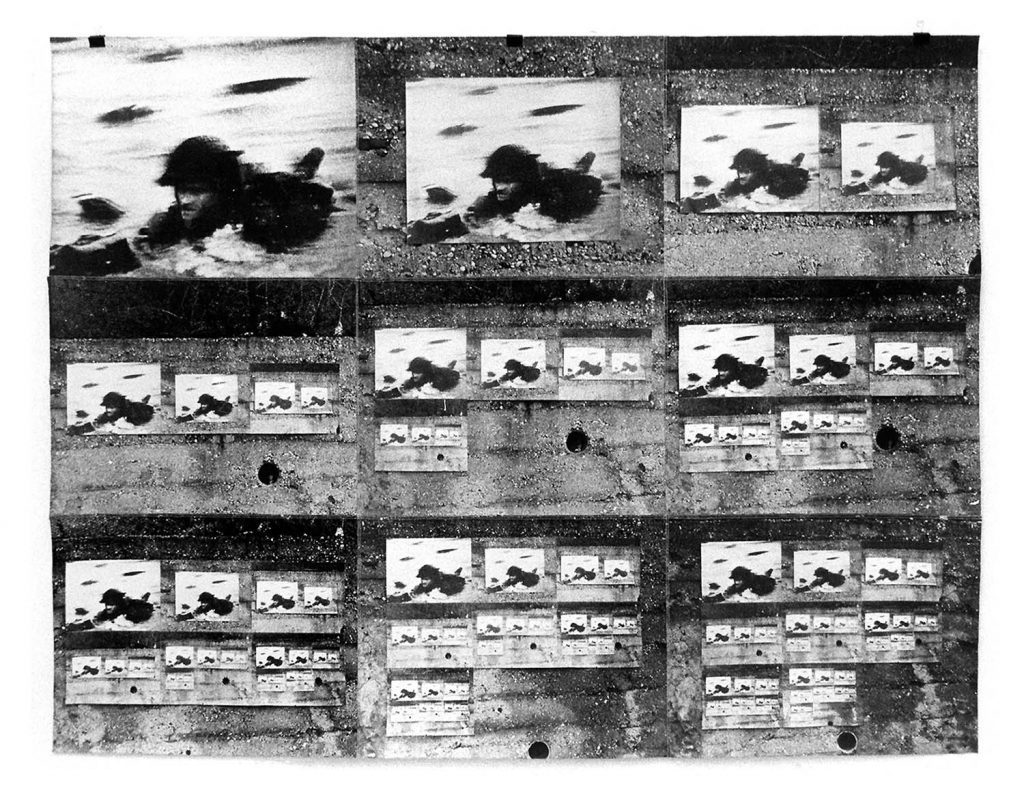
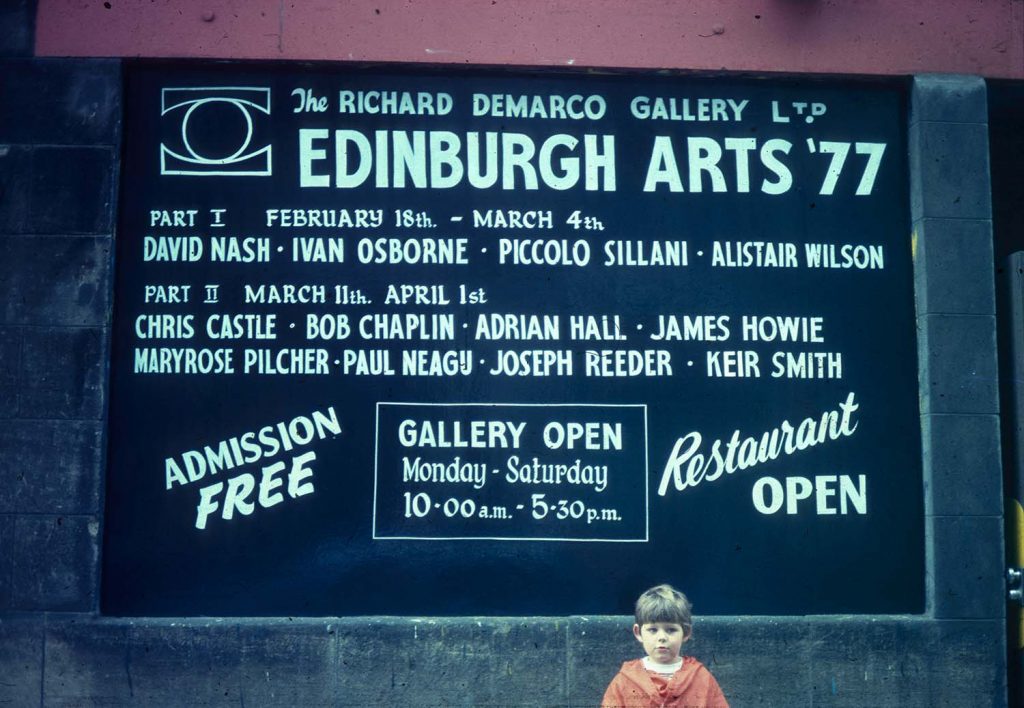
LL: Can you talk about Stieglitz (1973) with particular focus on the importance of repetition, of photographing photographs and the meta-relationship with the history and the great masters of photography in your practice? What are your Fotografemi?
The period of Fotografemi lasted ten years, from 1968 to 1978 (you can see them on https://sillani.eu/fotografemi/ part of my website www.sillani.eu).
What can I say about the Fotografemi? My education in the field of art started from the stuttering of my photographic practice. I started to build my images, when I decided that I could be born again, filling the gap of my cultural identity, through the medium that was easier and more congenial to me – photography.
I called that period “fotografemi”. The phoneme is the smallest part of the spoken word: my photo-grapheme were elements of a new language that enfolded in the photo of a photo, the photographer’s photograph, the photograph of photographing. It was a tautological discourse. It repeated the definition of photography. Or at least the photography that I was uncovering, practicing it through my work.
Regarding Stieglitz: in Fotografemi I started from a photograph that I shot, that was often selected randomly from my archive. In other occasions I also used images from the history of photography because I was building a discourse upon the medium itself. I began to transform the image with this practice, and that has never left me since. Today, although I do only Landscape, I give more importance to the object than to the window on the world. In Capa the photograph is printed on fabric sewn on jeans with a yellow thread, like a pair of jeans trousers, and everything is reproduced onto a cement wall. The last image contains all the others. I photographed the original image at the Sicof Fair in Milan, so that it did not have the halftone screen. Capa is the only artwork that I sold to Cavallino and it has been exhibited at the Landscape Museum in Torre di Mosto in 2019 and at Bevilacqua La Masa in Venice in 2020 in the exhibitions La Galleria del Cavallino – Vetrina e Officina.

LL: Have you ever visited Scotland in a trip organised by Richard Demarco or have you ever been invited in Scotland by Richard?
MS: Scotland has left in me with significant memories, a fruitful experience. In 1975 and later in 1978, with my elder daughter, I made a long trip on the occasion of my exhibition in Newcastle.
LL: Can you tell us about the photographs shot at Callanish and how they were exhibited at the Fruitmarket in 1978? Can you tell us about the use of polaroid in your practice?
MS: During the trip we were travelling in a van with Richard, Gabriella Cardazzo, Jane Chisholm etc. where we visited the site of Callanish. It rained. Gabriella shot the photograph that I used for that artwork. I remember that I let everyone find shelter in a pub so I could be alone. It stopped raining so I was able to shoot those precious photographs that I used in my works. (Callanish is part of Fotografemi)
When I started to take “photos of photos” I used to send the shots to the lab for developing and printing. Therefore, I had to wait for every step of the sequence for the material to get back after a week. This means that it took about a month and half or a little longer to complete a single work. The polaroid freed me from that hinderance, it allowed me to finish a work – composed of 101 images – in just one day. I have this same practice for everything I do: for artworks as well as housework.
During that trip in Scotland I also did some other photographs that I used in my artworks including Standing Stones (1975) and Standing Stone and Tree Trunk (2001). I brought a 6×9 camera. I travelled alone for three days sleeping in my [Citroen] Dyane in Mull, Iona, Staffa and Loch Ness. I have beautiful memories of that trip.
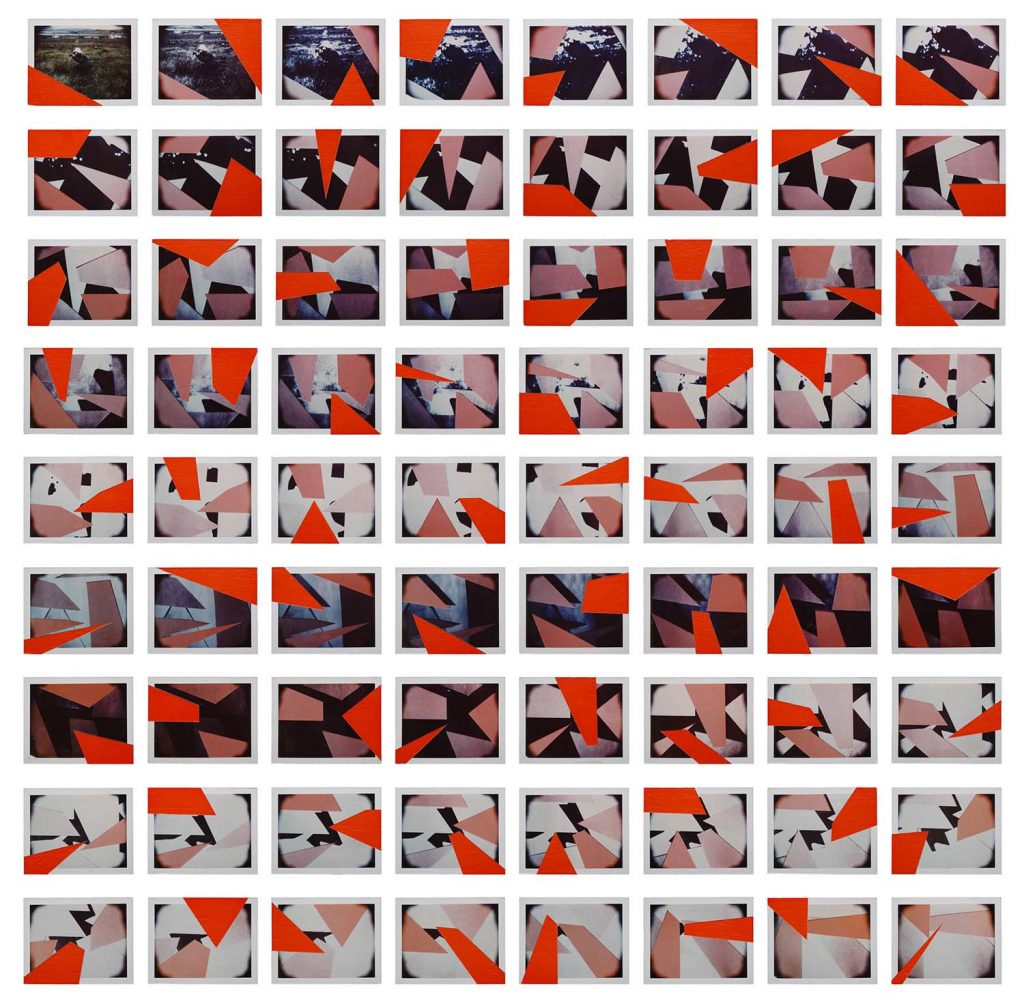
LL: Did you took part in the Edinburgh Arts Summer Schools? If yes, did it influence your research and artistic practice?
MS: No, I could not afford it, I was always poor. But meeting the artists who gravitated around the Richard Demarco Gallery, as well as at Cavallino, Motovun or in New York, gave me a boost.
LL: Did you develop your network or travel in other countries through Demarco? For example in Former Yugoslavia, Malta the Est Europe…
MS: I travelled a lot at the time, in Italy, Greece and Turkey, Serbia, Spain and Portugal. Always on a budget with my [Citroen] Dyane and a tent, but Ricky was not involved. In the last few years I have travelled to visit many art museums in Europe.
LL: Have you also participated in one of the The Road to Meikle Seggie trips?
MS: We took the trip on that route with Ricky who showed us that mysterious sign…
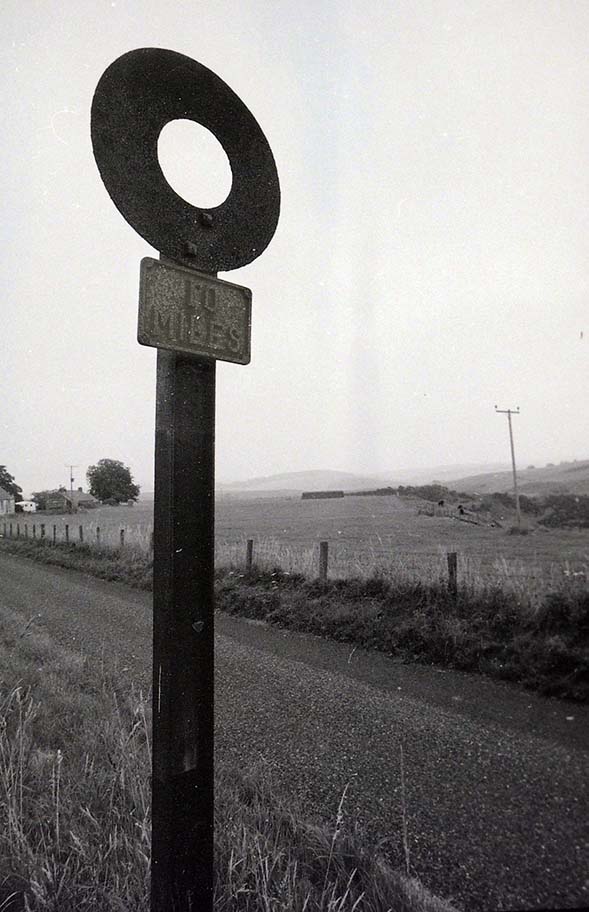
LL: Do you remember any Scottish artists you met through Demarco? For example, Ian Hamilton Finlay at Stonypath/Little Sparta near Edinburgh?
MS: Ian Hamilton did not make an impression on me much as an artist, but I envy him for his ability to ‘decorate’ his garden: that is something that I do not know how to do. I ignored the work of the others, because I am not an artist; I have always been interested in people, their behaviour and their intellectual ability.
LL: Are you still in touch with Richard? When was the last time you met him and exhibited with him?
MS: I sent an artwork, a non-repayable original artwork, for his exhibition The Road to Meikle Seggie in 2000. Ricky was in Trieste in 1996 and I was so stupid that I did not invite him to see my studio.
